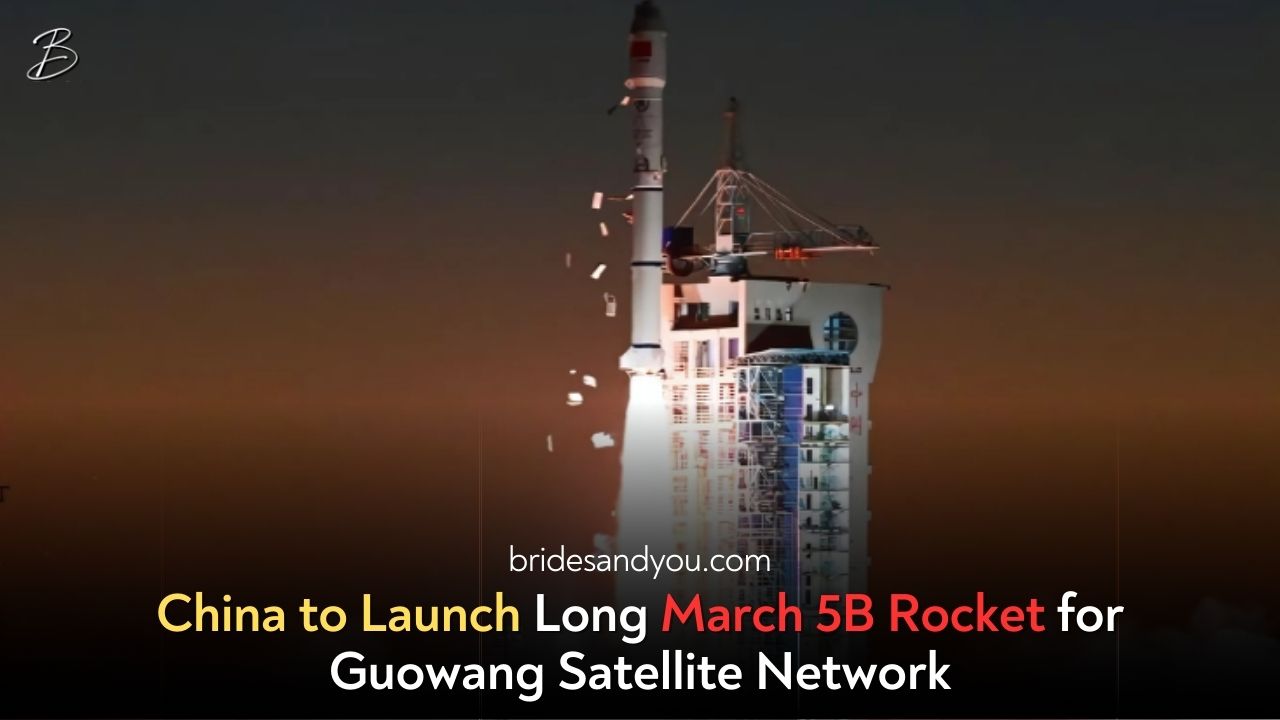Now Reading: Long March-8A: China’s Next Leap in Space Exploration
-
01
Long March-8A: China’s Next Leap in Space Exploration
Long March-8A: China’s Next Leap in Space Exploration

China is gearing up for the maiden flight of its Long March-8A rocket, a move that underscores its growing dominance in the global space race. The rocket, developed by the China Academy of Launch Vehicle Technology (CALT), has been shipped to the Wenchang Space Launch Site in Hainan Province and is scheduled to launch in January, according to China’s State Council.
Key Features of the Long March-8A
This next-generation rocket comes with several advanced features:
- Enhanced Engines: The upgraded design includes powerful engines to improve performance.
- Large Payload Capacity: With a 5.2-meter fairing, the rocket can carry up to seven tons to a 700-kilometer Sun-synchronous orbit.
These innovations make the Long March-8A a critical component of China’s ambitious plans to deploy large satellite constellations, such as the Guowang network. Guowang aims to compete directly with SpaceX’s Starlink, which already has over 5,000 satellites in orbit.
Expanding Satellite Constellations
The Guowang initiative plans to deploy 13,000 satellites in low-Earth orbit (LEO), providing global broadband internet while enhancing national security. This effort is spearheaded by China Satellite Network Group (China SatNet) and supersedes earlier projects like Hongyan and Hongyun. Another constellation, the Qianfan network, targets 15,000 satellites by 2030 under the G60 broadband initiative.
Progress and Achievements
The Long March-8A follows the December 2020 debut of its predecessor and has undergone 44 rigorous ground tests over 28 months. This launch also comes on the heels of the successful lift-off of the Long March-12, China’s first four-meter-class launcher. Both rockets are instrumental in deploying large-scale satellite networks like Guowang and Qianfan.
China’s space sector has seen remarkable activity in 2024, conducting 62 orbital launches and deploying over 230 spacecraft, surpassing its 2023 record. Notable advancements include:
- Beidou Navigation System Upgrades: Scheduled for a major refresh by 2035 with 30 new satellites.
- Long March-5B Rocket Enhancements: The flagship rocket will use a Yuanzheng-2 upper stage to deliver multiple satellites, addressing concerns about uncontrolled reentries.
The Future of Chinese Space Missions
China’s space ambitions extend beyond government-led initiatives. Commercial players are developing reusable medium-lift launchers to secure contracts for constellation deployments, while state-owned enterprises like CALT focus on large-scale projects. The Long March-8A is poised to play a pivotal role in these missions, marking a new era in China’s quest for space supremacy.













